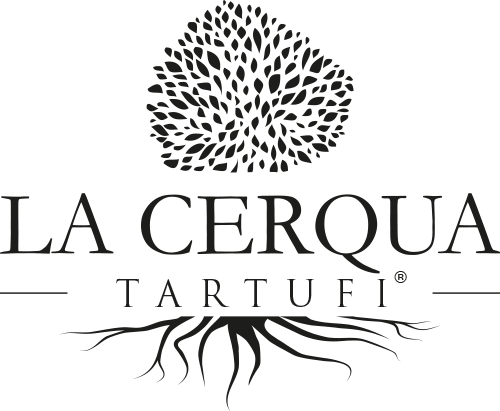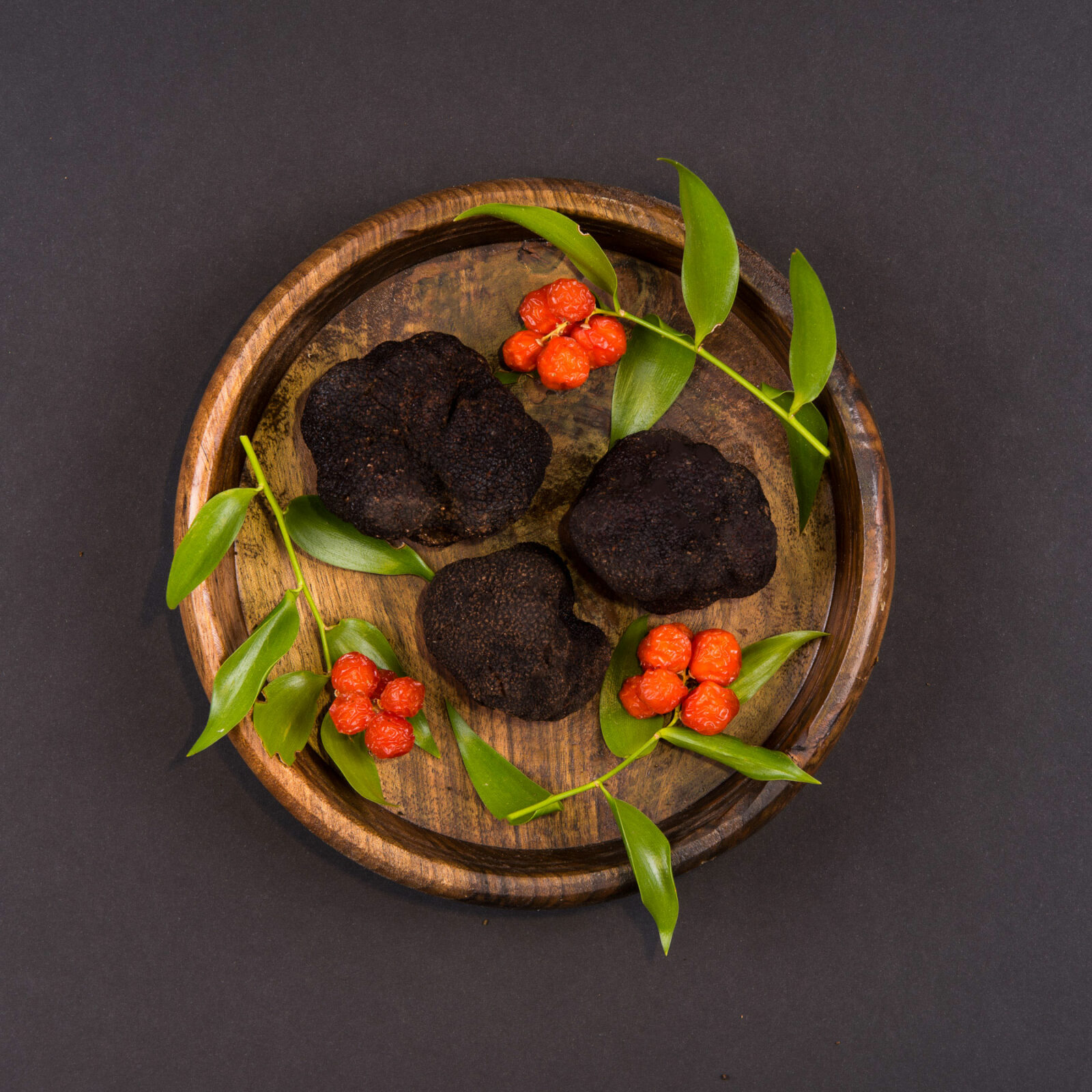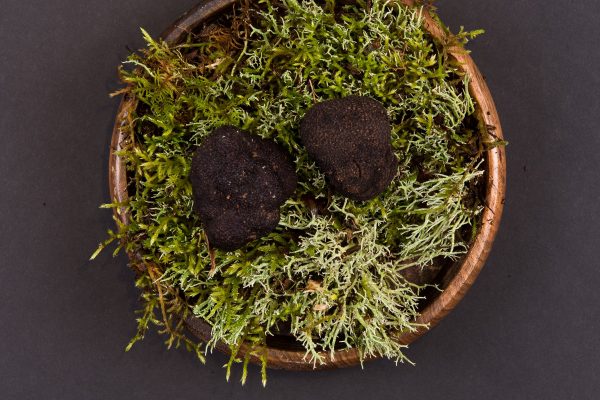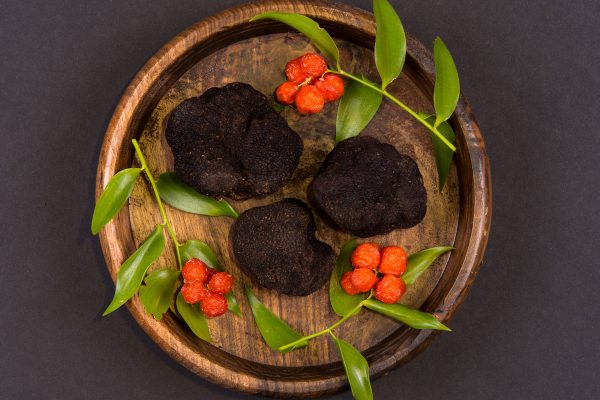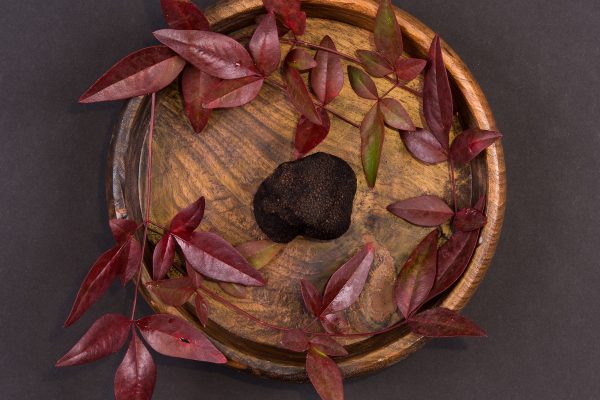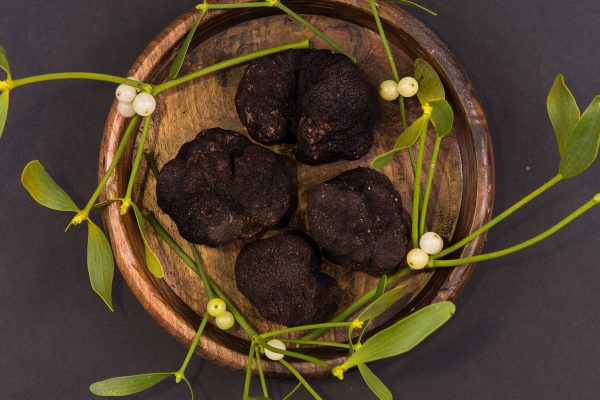Exuding a strong presence through its powerful jet-black color, the Black Winter Truffle makes its own profound statement – never mind what’s said about the White – so much so that many actually prefer this Black Diamond. After all, it must be a rare treasure that takes man and dog out into the heart of the frigid Apennine winter, into the forest, digging down, down for this earthy, sweet, aromatic treasure. The Black Diamond is a rare thing of exquisite culinary beauty, and not to be missed.
Botanical name
Tuber Melanosporum Vittadini
Average Weight
8-200 g / 0.3-7 oz
Size
5-10 cm / 2-4 in
Habitat
Oak, hazel, linden, hornbeam, cistus
Collection period
November – March
Appearance
The outer skin is covered in small, diamond-like projections, predominantly black in color with reddish shades. On the inside, the pulp is black-violet with fine white veins that tend to become reddish when exposed to air, and two transparent brown stripes on the sides.
Aroma/Taste
Fruit meets musk in a sweet, earthy scent with a spicy twist, which carries forward into its flavor, with subtle undertones of garlic, shallots, hazelnuts and even chocolate.
Food suggestions
The Black Winter Truffle has a strong depth of flavor, allowing them to be cooked briefly or slowly at low temperature. It can also be shaved fresh as a finishing element or infused into sauces to add depth. Pairs well with seafood and glamorous dishes such as caviar and foie gras, also pasta, cream sauces, garlic, shallots, light-bodied vinegars, mascarpone, aged hard cheeses, citrus and herbs such as tarragon, basil and arugula. Sauté very lightly in olive oil, garlic, a touch of salt and black pepper to sensationally transform bruschetta, pasta, and risotto, or gently grate/slice over meat, fish, eggs, and even dessert – sprinkle on fresh ricotta cheese for a delicious dish with a difference. Fresh truffles can be folded into butter to create a compound, which can be refrigerated for up to three months.
